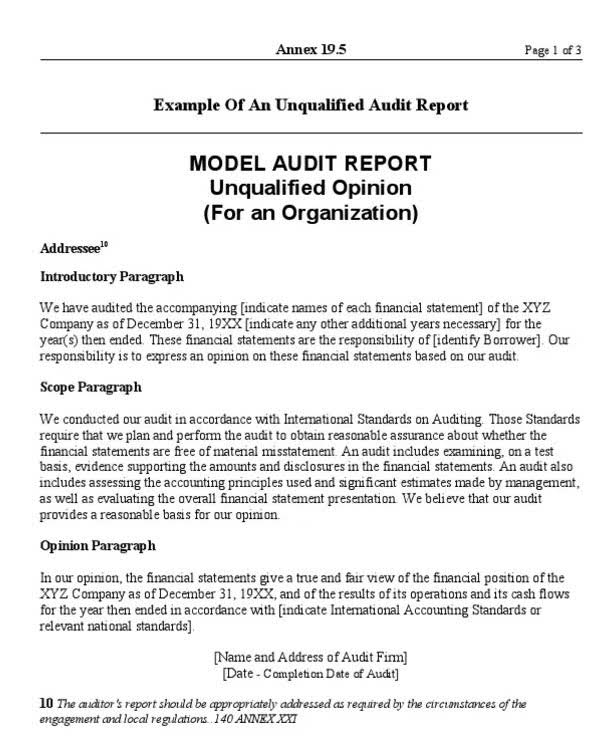
It can be high or low depending upon the financing strategies of a business; it can also differ from company to company depending on its size. With that said, it is ideal to have the equity multiplier as low as possible, because no company would want its debt portion to be Bookkeeping for Chiropractors higher than its shareholder equity. We calculate the equity multiplier as average total assets divided by average total equity. The equity multiplier is a useful tool for investors to monitor risk and understand how a company generates returns for investors.
Capital Rationing: How Companies Manage Limited Resources
Conversely, high leverage can be part of an effective growth strategy, especially if the company can borrow more cheaply than its cost of equity. The DuPont Analysis tells investors how well a firm is doing with respect to its Return on Equity. The equity multiplier ratio in the DuPont analysis stands for financial leverage that a firm displays in managing its finances. The asset turnover stands for asset use efficiency while the net profit margin tells the investor about the operating efficiency of the firm.
- The total assets figure is a representation of everything a company owns that it can use to produce revenue.
- You need to pull out other similar companies in the same industry and calculate equity multiplier ratio.
- Shaun Conrad is a Certified Public Accountant and CPA exam expert with a passion for teaching.
- A company with a high equity multiplier is typically seen as riskier to lenders and creditors, as it indicates a high level of debt relative to equity.
- It offers business stability, enhances financial strength, and helps foster strong stakeholder relationships.
- Companies finance the acquisition of assets by issuing equity or debt.
Equity Multiplier in the Insurance Industry
And if the ratio turns out to be lower, the financial leverage is lower. Calculation of the equity multiplier is relatively simple and straightforward. Consider the balance sheet of Apple Inc. (AAPL) as of the end of fiscal year 2017.
How Do You Calculate Shareholders’ Equity?
However, to know whether the company is at risk or not, you need to do something else as well.

The equity multiplier and DuPont analysis
That means the 1/8th (i.e., 12.5%) of total assets are financed by equity, and 7/8th (i.e., 87.5%) are by debt. The DuPont analysis looks at the various components of a company’s return on equity — in other words, earnings divided by shareholders’ equity. If a company can generate a high ROE, it makes sense to reinvest in the business. That said, a company can always generate a higher ROE by loading up on debt, so looking at how the equity multiplier plays a role in producing ROE is useful.

If the equity multiplier is higher, financial leverage is higher and vice versa. The table below shows a very impressive increase in ROE over the 2013 through 2022 period. If the company has effectively used its assets and is showing a profit that is high enough to service its debt, then incurring debt can be a positive strategy.
- The company’s total assets were $257 billion as of end of fiscal year 2017, with $43 billion of shareholder equity.
- The company’s telecommunications business model is more reminiscent of utilities firms, which have stable, predictable cash flows and typically carry high debt levels.
- Sometimes, creditors turn down loan requests of struggling companies who do not have enough equity to fund their operations.
- Equity multiplier (also called leverage ratio or financial leverage ratio) is the ratio of total assets of a company to its shareholders equity.
- We will follow the equity multiplier formula and will put the data we have into the formula to find out the ratios.

Such firms are better positioned to manage meaningful financial crises and market downturns, enhancing their sustainability. This means that for every $1 of equity, Company XYZ has $2 of debt ratio or other liabilities. Total equity is on a company’s balance sheet or in its shareholder’s equity section. Through this example, it is clear that despite having a total asset value of $250,000 million, company B still has an equity multiplier ratio of 2.5, which is higher than that of company A. This essentially means that a larger portion of company B’s assets is funded by debt, when compared with company A, whose equity multiplier ratio is 1.33.
What Debt-To-Equity Ratio Is Common for a Bank?

Also called owner’s equity, or simply ‘equity’, this figure is found in the same balance sheet under normal balance the ‘equity’ section. It comprises of the company’s retained earnings (profits that the company has chosen to reinvest), added to the money that has been invested by shareholders in return for shares. Essentially, it showcases the ownership capital available within the organization. This is usually located on the balance sheet under the ‘assets’ section. It commonly includes the sum of both current assets (such as cash, accounts receivable and inventory) and non-current assets (like property, plants, equipment, and intellectual property).
The company’s total assets were $366.6 billion for the fiscal year 2021, with $83.2 billion of shareholders’ equity. The equity multiplier for Verizon was 4.41x (366.6 ÷ 83.2) the equity multiplier is equal to based on these values. Consider Apple’s (AAPL) balance sheet at the end of the 2021 fiscal year. The company’s total assets were $351 billion, and the book value of shareholders’ equity was $63 billion.